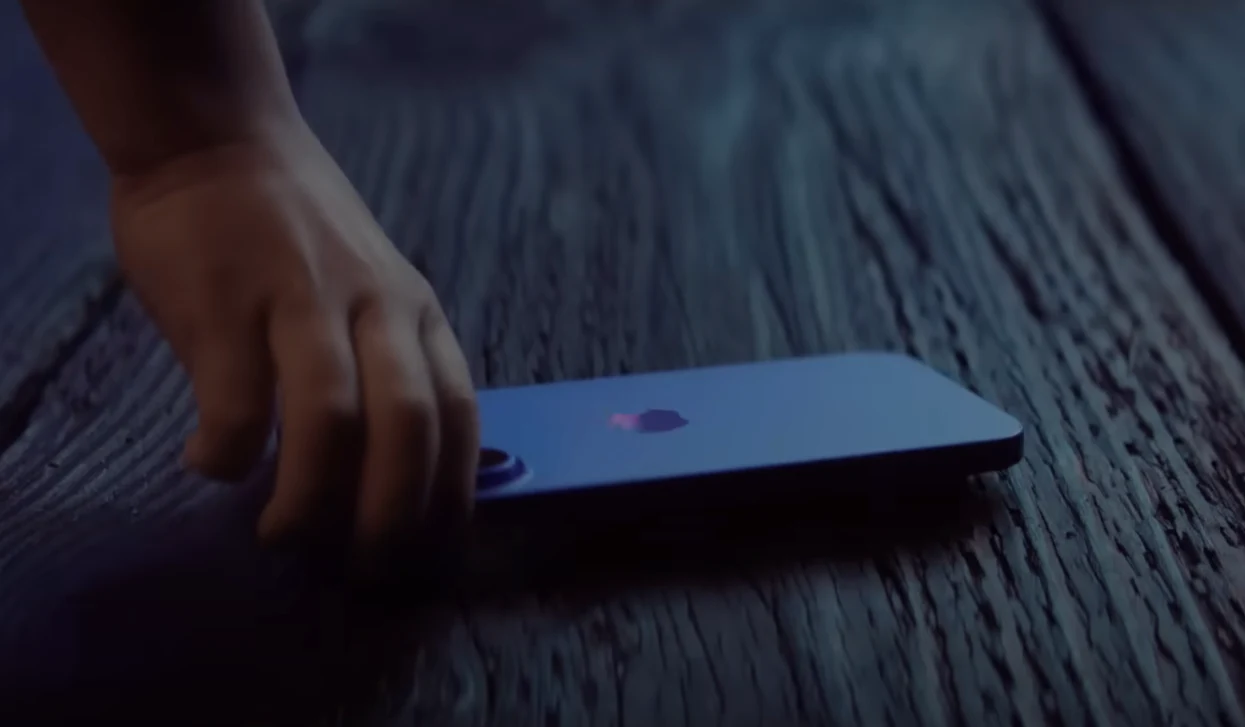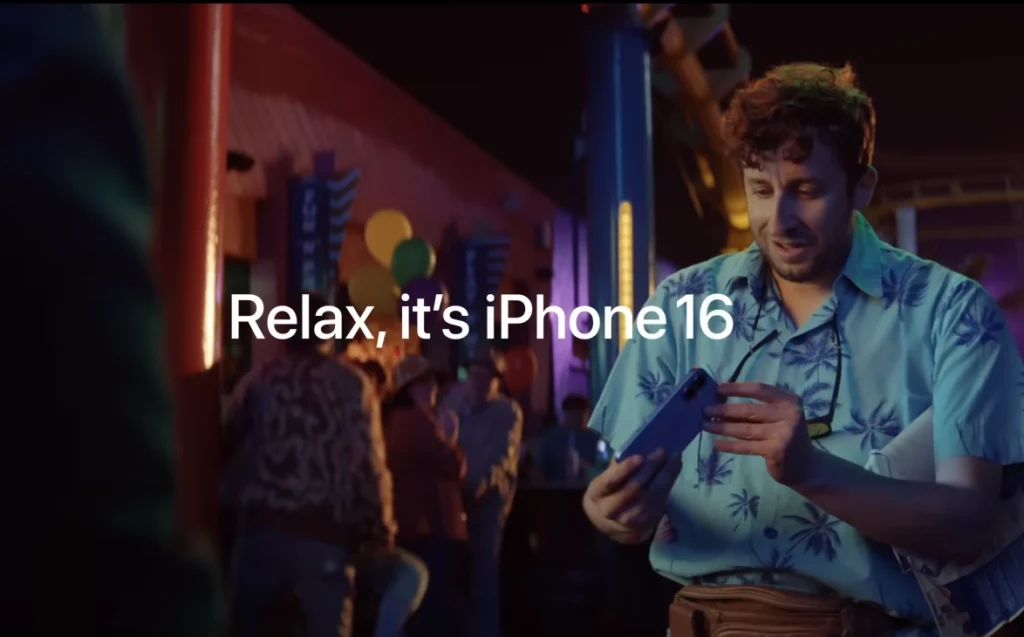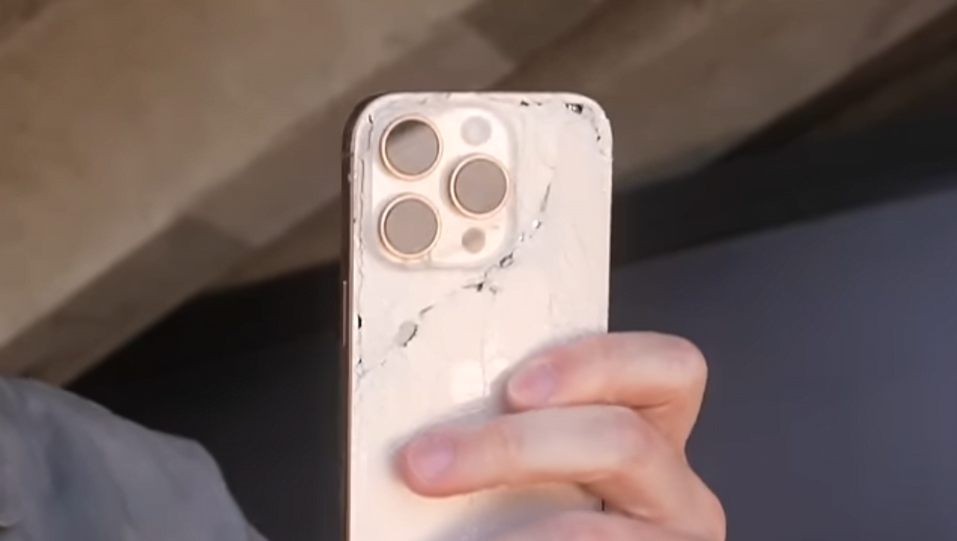Key Takeaways
1. Apple promotes the iPhone 16’s durability with its Ceramic Shield, suggesting it can withstand drops without a case.
2. The advertisement marks a shift in the smartphone industry, where brands typically encourage using cases for protection.
3. Apple aims to compete with other brands emphasizing durability features, like water and dust resistance.
4. While the Ceramic Shield is designed for improved protection, real-life drop scenarios may still pose risks.
5. The debate over using a case versus going caseless is reignited, as some users may prefer the sleek design without a case despite the risks.
Apple is making a daring statement: you might not need a case for your iPhone 16. In a recent advertisement, the company highlights the phone’s Ceramic Shield, claiming it’s tough enough to withstand drops without getting scratched. This is a significant move for smartphone brands, which often avoid promoting caseless usage—likely to keep selling their expensive branded cases or to sidestep backlash from drop tests.
Confidence in Durability
The new ad emphasizes trust in the iPhone 16’s strength. The video features the phone enduring a dramatic fall, conveying that its Ceramic Shield—Apple’s exclusive glass—will protect it. Unlike previous ads that showcased toughness yet suggested using cases, this one boldly states, “Chill, it’s iPhone 16.” This represents a major change in an industry where buying cases has become almost automatic.
Competing in the Durability Arms Race
The timing is strategic. Brands from China like Oppo and Realme are promoting their IP69 dust and water resistance, while Corning’s Gorilla Armor 2 claims to survive drops of 2.2 meters onto concrete-like surfaces. Apple is raising the bar to keep up with this durability competition, hinting at a new phase where phones may not require extra protection.
The Reality of Going Caseless
The iPhone 16’s Ceramic Shield is said to be “tougher than ever,” combining ceramic crystals with glass for improved drop and scratch resistance. However, real-life drops are unpredictable—consider uneven sidewalks or accidental falls onto tiles. Apple’s advertisement is bold, but it also strategically relies on lab-tested strength to appeal to users who are tired of heavy cases.
The surface depicted in Apple’s ad is a flat wooden platform that is forgiving enough, even for a flagship from three years ago. The ad also fails to clarify whether Apple would be liable if the glass breaks due to a careless drop. It sends a confident message, indeed, but seems somewhat too cautious in execution. We’ve previously discussed the idea of using a smartphone without a case—even in 2025—and you can find that information here.
The Case Debate
This announcement raises an interesting question: to case or not to case? Some people appreciate the sleekness of a phone without a case, while others wouldn’t want to risk a broken screen. With Apple’s show of faith, more users might choose to go without cases, but it wouldn’t be surprising if their case sales remain robust. What do you think—should the iPhone 16 be bare or protected?



